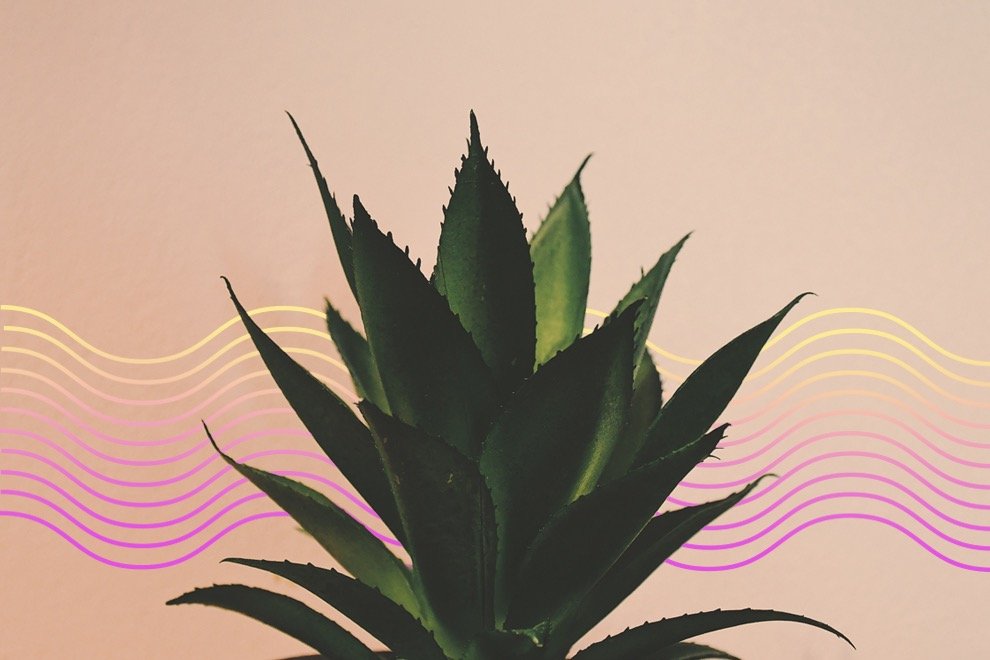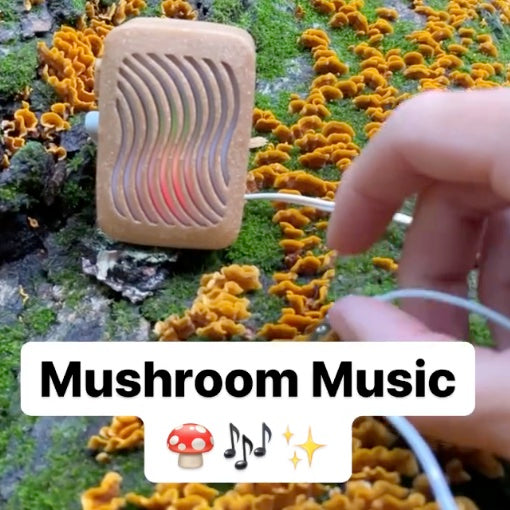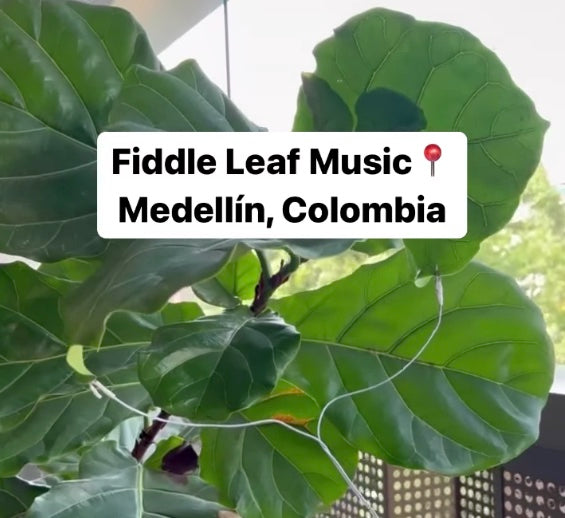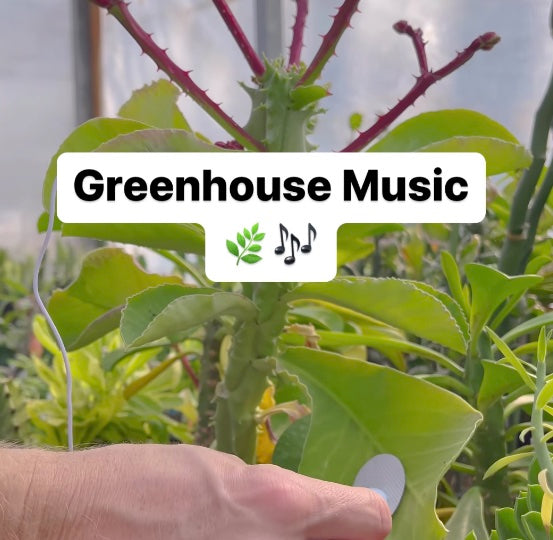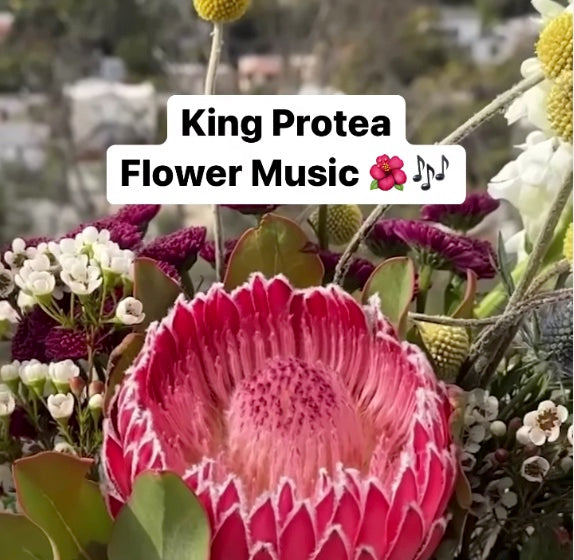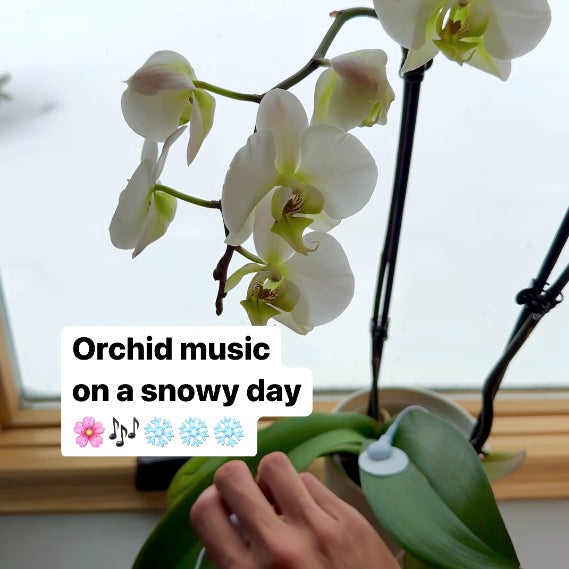"We’re interested in communication with extraterrestrial intelligence. Wouldn’t a good beginning be better communication with terrestrial intelligence?”
-Carl Sagan
The preceding quote by legendary scientist and cosmologist Carl Sagan, comes from Episode 11 of the Cosmos series. It got us thinking about forms of intelligence not fully understood by humans and inspired us to experiment with plants.
As someone looking towards the stars for clues to the history of our species and for signs of other life forms, Sagan saw the act of recognizing plant and animal intelligence on Earth as an important exercise. This perspective prioritized recognizing non-human intelligence, which, theoretically, could make us more open to perceiving alien intelligence should it visit Earth. After all, if we can’t recognize earthly intelligence, why would we dare to think we have the capacity to recognize intelligence from another galaxy?
What Scientific Research Says about Plant Intelligence
While many treat plants as “things” they are living beings and recent studies have shown just how active they are.
Response to sound
In a 2015 research paper Tuned in: plant roots use sound to locate water, it was shown that plants respond to the sound of water. Their roots can sense water running through a pipe and will grow towards it in seek of moisture. They found plants were as likely to grow towards a pipe with the sound of running water as they were to grow towards moisture. They also found plants would grow towards an mp3 recording of the sound of water at a similar rate.
Research done by Heidi Appel and Reginald Cocroft at University of Missouri shows Plants respond to leaf vibrations caused by insect herbivore chewing. In their research they showed sound generated by feeding insects was detected by plants. Plants even responded to a recording of sounds of feeding insects by putting out chemical defenses.
Response to touch
Mimosa pudica is creeping plant of the pea/legume family native to the Caribbean and South and Central America. Its leaves fold inward when touched or shaken to defend themselves. They then open back up after a few minutes.
Memory
Mimosa pudica has been used in experiments related to memory and learned behavior of plants. In a 2014 study, it was demonstrated that experience teaches plants to learn faster and forget slower in environments where it matters. In the study, it was shown the mimosa stopped responding defensively to certain stimuli after repeated exposure. It’s theorized this is a result of the plant learning that it doesn’t have to defend itself.
Counting
Greg Gage demonstrates the Venus flytrap counts the number of seconds between touching its hairs and waits to be touched multiple times before closing on its prey. Because it takes a Venus fly trap days to open back up after closing, this allows it to conserve its energy and ensure its traps are being used efficiently.
Tree Communication through Fungal Networks
In a paper published in Nature in 1997, Suzanne Simard, Professor of Forest Ecology at the University of British Columbia showed trees connect to each other through mycelial networks to exchange carbon, nitrogen and phosphorus in what she coined the “Wood Wide Web.”
In this paper, she proposes we expand our focus from trees competition for resources in the forest to include “mutualism between plants and their mycorrhizal fungi.”
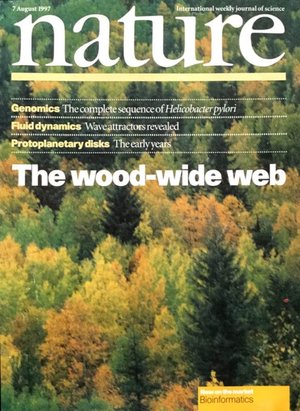
Intuitive and Experiential Knowledge Gained from Plants
Now that we have a little more context on what is known about plant consciousness, let’s dive into the unknown, the mystical and the intuitive.
When we first started making plant music in 2012 it wasn’t as streamlined as PlantWave is today. It was a pile of wires and circuitry connected to big computers and hacked sensors. Joe, our CEO, would leave this system connected to plants for days at a time and invite friends over to listen with him. Sometimes he’d notice that the plants seemed to have big shifts in the music related to shifts in energy of a conversation - like if someone got really excited about an idea.
PlantWave Was Created Thanks to ‘Messages’ from Plants
One day in one of these conversations, Joe and his friends were discussing the future of plant music and how best to share the experience. It was then the idea was sparked to make a product so that anyone could listen to plants at home. In the moment that idea was expressed, the plant music completely shifted into higher octaves and with sparkly effects. This indicated that a big shift was happening within the plant, as detected by the sensors. Joe took this as a sign. “The plant agrees,” he said whimsically, and preparations began to build what is now PlantWave.

Now, do we know for certain that the plant responded to our idea of creating PlantWave? While it may be possible, we don’t know for sure. This is why we don’t attempt to make bold claims about plant consciousness. It’s still a bit of a mystery.
What We Learn from Plants
We find that listening to plants puts us in a heightened state of presence in the moment. By tuning into plants through PlantWave, we recognize that we may be hearing responses to phenomena outside of our field of perception - phenomena a plant is uniquely evolved to sense for its own survival. The possibility of expanding our field of perception with plants inspires us into greater appreciation and wonder for all of life around us.
We find inspiration in the elegance and simplicity of plants. We embrace the wisdom of their continual practice of grounding and growing towards light. We recognize the value of this in our own paths as humans. We ourselves focus on feeling grounded and growing towards more light whether that’s through deepening our capacity for breath or seeing the spark of light and love in all beings.
For us, that is the message the plants offer. Whether it’s specifically offered to us in a conscious way by plants is still up for debate. What we do with the information we have and how we show up in this world for our planet and for other beings is what’s most important.
All love,

